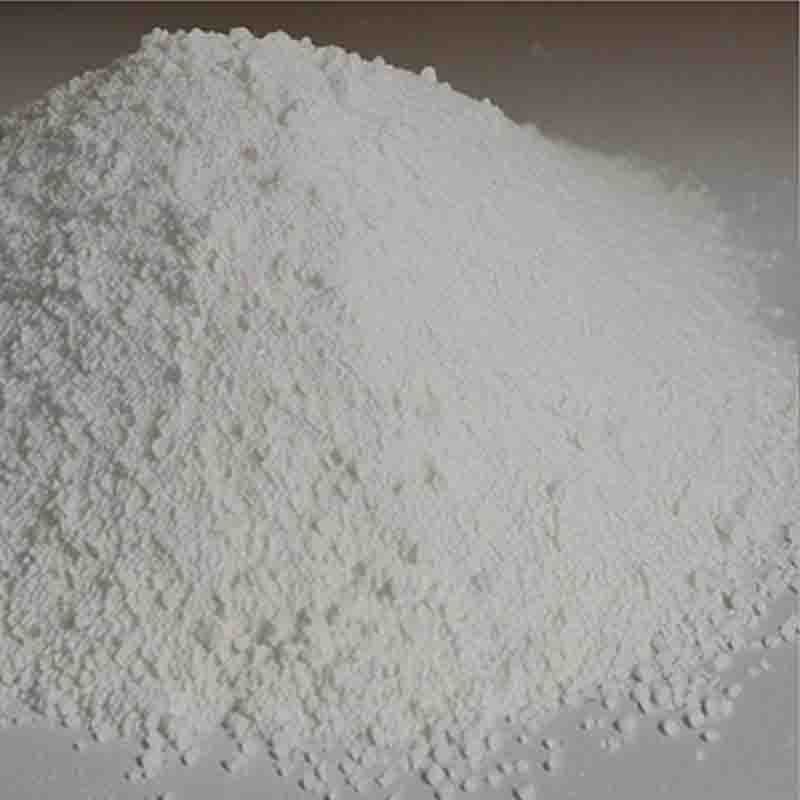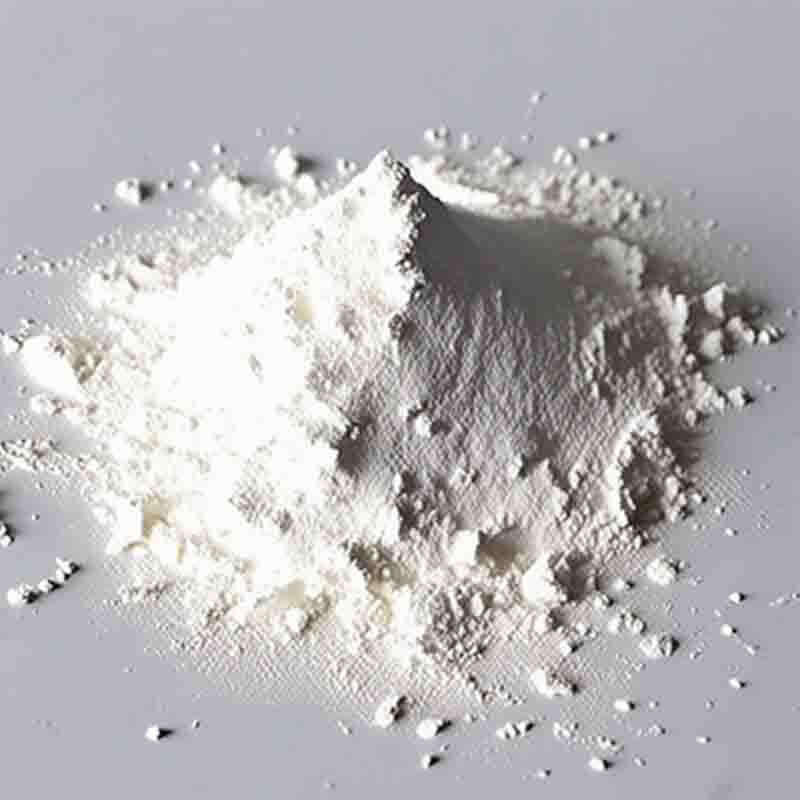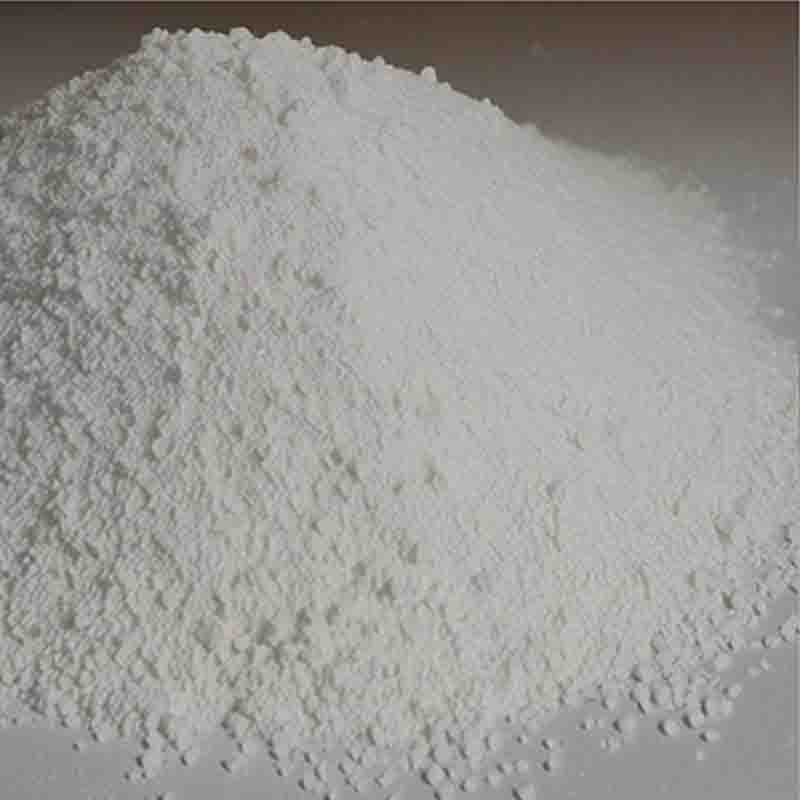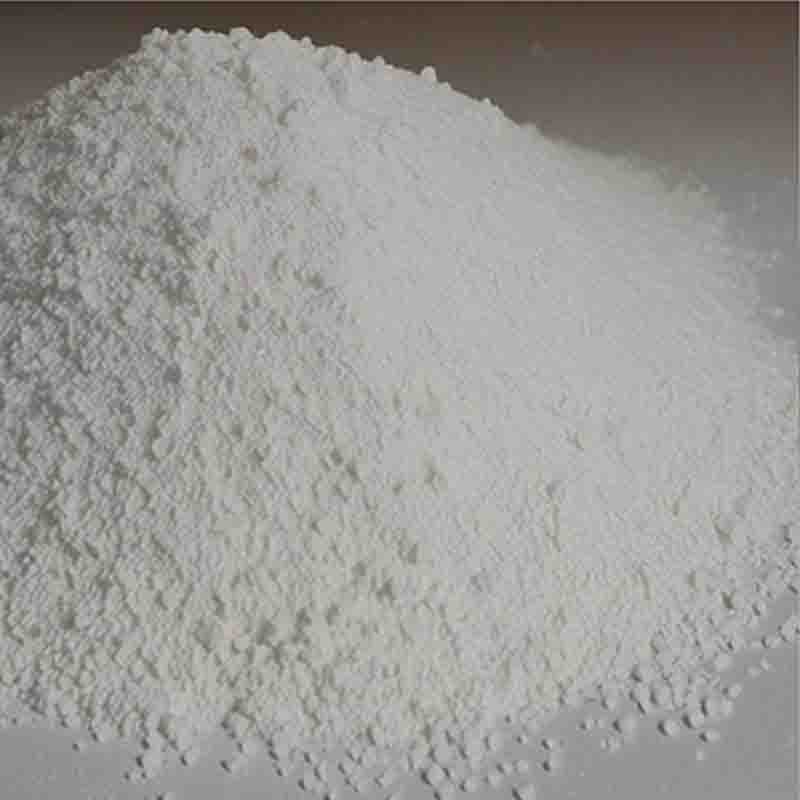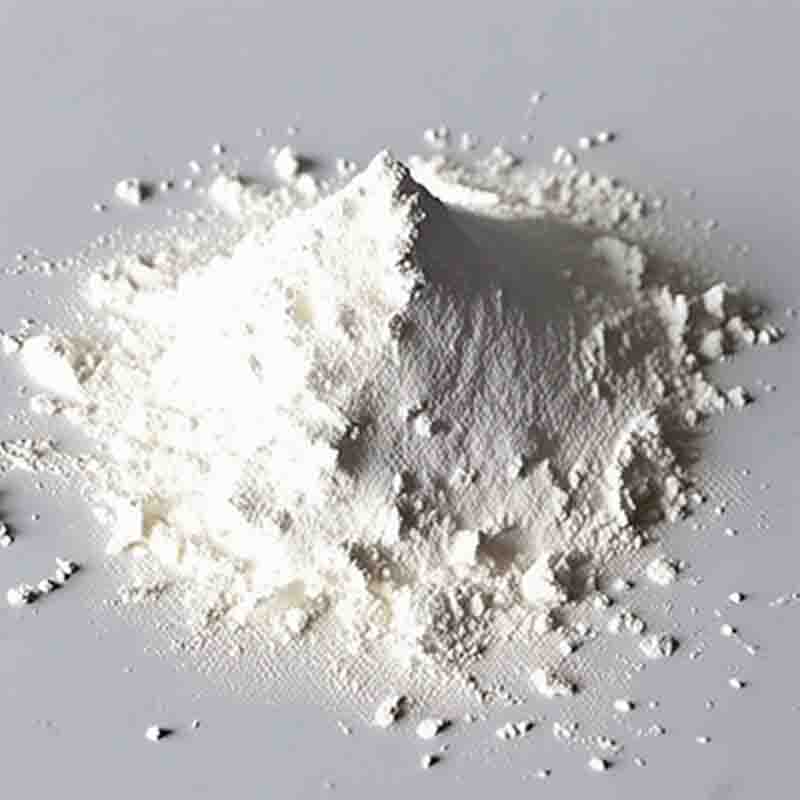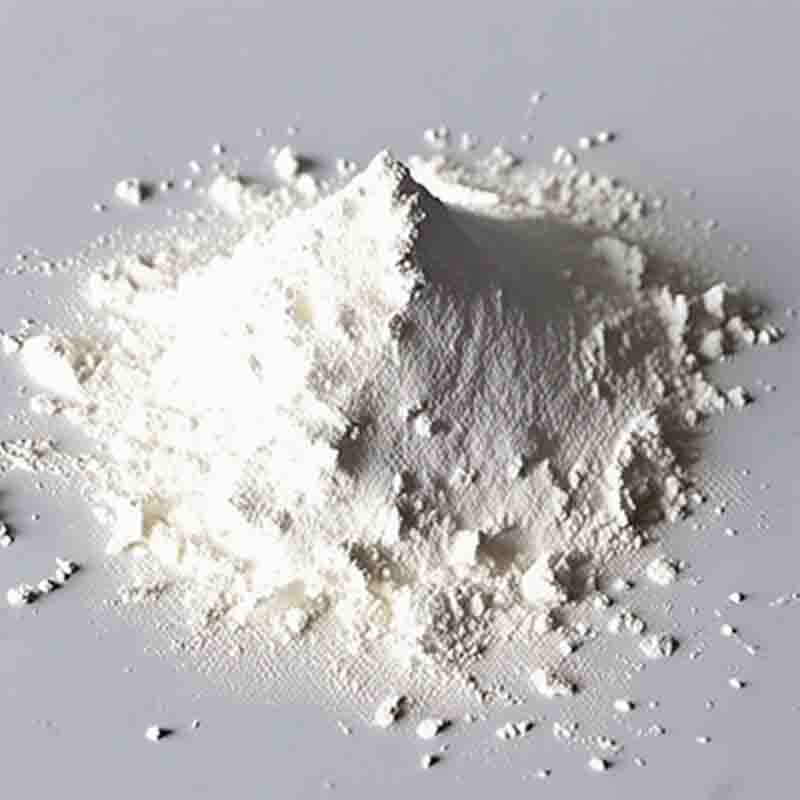PDMDAAC CAS:26062-79-3
| Catalog Number | XD94649 |
| Product Name | PDMDAAC |
| CAS | 26062-79-3 |
| Molecular Formula | C24H54Cl3N3X2 |
| Molecular Weight | 491.06 |
| Storage Details | Ambient |
Product Specification
| Appearance | White powder |
| Assay | 99% min |
Polydimethyldiallylchloride (PDMDAAC) is a polymer that is commonly used in various applications. Here are some of its effects:
1. Cationic charge: PDMDAAC carries a positive charge due to the presence of quaternary ammonium groups in its structure. This cationic charge makes it useful as a flocculant, coagulant, and conditioning agent. It can help in the removal of suspended particles, organic matter, and other impurities from water and wastewater treatment processes.
2. Water solubility: PDMDAAC is soluble in water, which makes it suitable for use in aqueous solutions and formulations. It can easily disperse and mix with water, allowing for easy application in various processes.
3. Flocculation and coagulation: PDMDAAC can promote the aggregation and settling of suspended particles in water through flocculation and coagulation processes. It can help in the clarification and separation of solids from liquids, improving the efficiency of wastewater treatment and purification processes.
4. Adhesion promotion: PDMDAAC can enhance adhesion between different materials. It can be used as a coating or adhesive to improve bonding between surfaces, such as in the production of paper, textiles, and coatings for various substrates.
5. Antistatic properties: PDMDAAC has antistatic properties and can be used as an antistatic agent in various applications. It can help in reducing the buildup of static electricity on surfaces, preventing electrostatic discharges and improving safety.
It is important to note that the effects and uses of PDMDAAC can vary depending on the specific application and formulation used. It is generally considered safe for use in appropriate amounts. However, as with any polymer, it is recommended to follow proper handling and safety guidelines when working with PDMDAAC.


